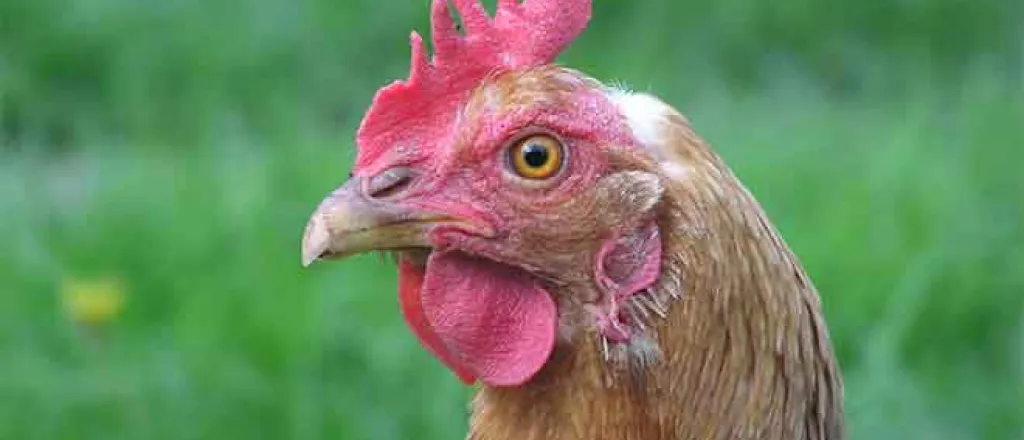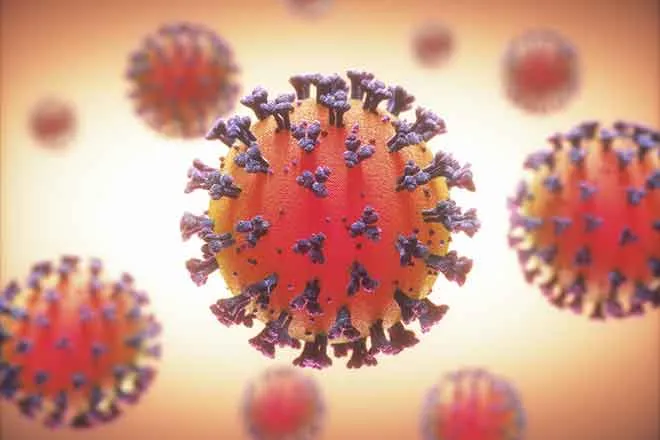
Missouri poultry industry scrambles to contain avian flu
(The Center Square) – Consumers have no health risk of getting avian flu if they eat poultry, but producers are anxious about the virus killing flocks and causing shortages and price increases.
According to the U.S. Department of Agriculture, Missouri is one of 13 states with commercial and backyard poultry flocks reporting infections with the highly pathogenic avian influenza A (HPAI). The Missouri Department of Agriculture (MDA) reported cases of HPAI in Stoddard, Bates, Jasper and Lawrence counties between March 3-9. Taiwan is temporarily banning imported poultry and beef products from Missouri and 11 other states, according to U.S. Department of Agriculture.
Missouri is sixth in the nation in annual turkey production (16 million) and ninth in broiler chickens (291 million), according to MDA. A 2016 report by MDA found poultry and egg producers account for $1.4 billion or 30% of the state’s livestock market.
Migratory waterfowl traveling the North American flyways can intermingle with infected birds from Europe and Asia. Waterfowl can be infected and show no signs of illness. The disease can spread to domesticated poultry through contact with waterfowl, including water and food sources and fecal matter. The virus can be spread to poultry producers of all sizes by contaminated equipment or clothing.
“I actually expect it will get worse as we get to planting season, especially in the Midwest, because it’s probably in a lot of fields and once the dust starts rolling, it will spread a lot quicker,” Dustin Stanton, who operates a 1,400-acre farm producing 42,000 free-range eggs a week in Centralia, Mo., said in an interview with The Center Square.
MDA is encouraging all poultry producers to increase biosecurity—preventing viruses, bacteria, funguses, parasites and other microorganisms causing diseases through improved operational practices and facilities.
“This virus spreads easily and quickly,” said Christi Miller, director of communications for MDA and a backyard poultry farmer. “You don’t see it until it’s already there.”
Symptoms of HPAI are a decrease in the flock’s water and food consumption, quietness, a drop in egg production and sudden increases in deaths.
John Bryan, director of Missouri operations for the Poultry Federation, said all producers should increase vigilance.
“It’s like kids getting the flu on the playground,” Bryan said. “Once one of them gets it, most of them get it. Our growers have protocols, but every now and then a goose will land outside and somehow its droppings get tracked in by boots or a rodent.”
A memo on March 4 from MDA’s state veterinarian, Steve Strubberg, to the state’s free-range poultry producers recommended all poultry be moved into biosecure housing immediately. However, if housing free-range flocks compromise their welfare, Strubberg stated co-mingling with migratory birds or waterfowl isn’t allowed, along with restricting access to any water source available to those birds.
Stanton, whose farm is approximately 100 miles away from the Mississippi River and its flyway, hopes the distance protects his flock.
“We’re like every farmer in that we want the best for our animals,” Stanton said. “They have to be healthy to keep laying eggs, so that’s important to us.”
















